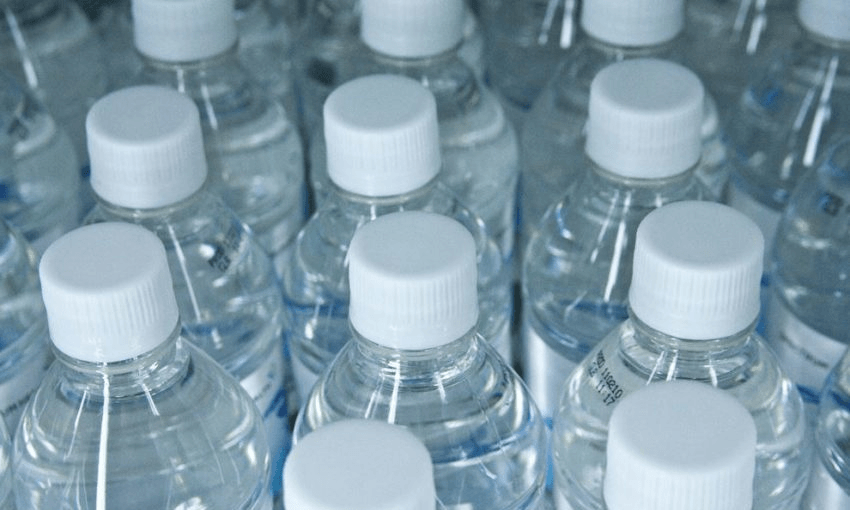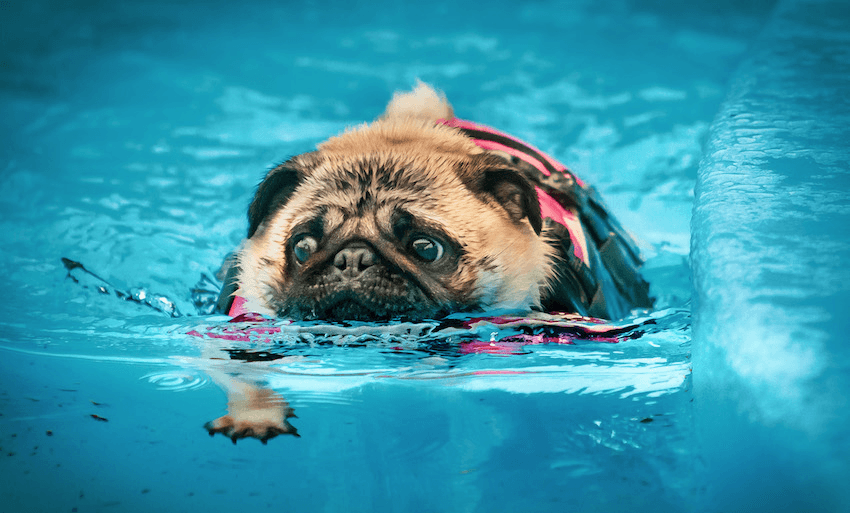Commercial water bottling continues to spark controversy. But is it really such a big deal, or a proxy for something else, asks environmental scientist Tim Muller
Many Cantabrians are up in arms about water bottling company Cloud Ocean Water, the latest chapter in a story that’s played out across the country. There’s been a petition, a legal challenge, and even a protest rally. I set out to understand why water bottling upsets so many people, and ended up almost as confused as I started.
Let me start, though, by acknowledging that this is an emotive issue. And fair enough. We wouldn’t last long without water; we should feel strongly about it. Not to mention its cultural, spiritual and economic significance. But feeling strongly about something doesn’t make it bad for the environment, so what are the effects of water bottling?
The direct effects of pumping groundwater include drawdown (reduced water levels in neighbouring wells), stream depletion (where the flow in connected streams can be affected), and land subsidence above the well. Then there’s allocation (how much water is actually down there). I’ve worked on a few projects involving the dark art of hydrogeology, including one small water bottling operation. These effects can all be modelled relatively easily, and any consent application which doesn’t address them would be shown the door. Importantly, the end use of groundwater (bottling, irrigation, etc) makes little or no difference here. Aside from the geology and location, the only things that really matter are pumping rate and volume.
Which brings us to the widely-quoted “more than one billion litres” (about 1.6 billion, actually), which the old wool scour taken over by Cloud Ocean Water had consent to take annually. That’s a massive amount of water, right? Well, yes and no. Any water take sounds massive in litres per year. It’s a bit like stating your age in days – not untrue or dishonest, but also not a bad way to confuse or mislead someone. In this case, there’s a perfectly good cubic metre just three decimal places to the left, and that’s the standard unit for describing the massive volumes involved in groundwater management.
So then, to put it in context, 1.6 million m3 is around 0.06% of Canterbury’s estimated 2.52 billion m3 of confined groundwater. I’ve only counted confined aquifers as they’re geologically separated from the surface, and therefore generally cleaner and preferred for drinking water. There’s almost 200 times more groundwater in the other (unconfined) aquifers: 430 billion m3, or almost half a cubic kilometre if you prefer.
But how does the Cloud Ocean water take compare to others? Their annual water allocation would irrigate around 250 ha of pasture, according to Irricalc. That makes it larger than most Canterbury water takes, but not up there with the biggest players. Canterbury’s largest groundwater take consents have daily limits four or more times that of Cloud Ocean Water.
Back to the effects: Christchurch City Council (CCC) has submitted on Cloud Ocean’s current consent application. I’m not involved in any way, but I’ve read most of the publicly available information. It’s hard to summarise succinctly – these cases tend to devolve into obscure technical debates about numerical modelling inputs and local government procedures, which would usually inspire drowsiness rather than outrage among the public. Basically, CCC is concerned about possible drawdown on one of their four nearby wells (related to Cloud Ocean’s existing consented bore, not the new one), as well as CCC’s ability to drill new bores for future water supply. These are legitimate issues to raise, and Canterbury’s rules already favour public water supply over other groundwater uses, with good reason. The key point that’s been lost in this debate is that Cloud Ocean aren’t asking for more water (just the same amount but with an additional bore). As far as I know, no one was up in arms about that water when it was used by the wool scour.
Which leads us to the other, indirect effects. This is where it really does matter how the groundwater is used, but the effects are more varied, more complex, and hard to assess objectively. Take irrigation for example. Orchards might release pesticide runoff, livestock farms will leach nutrients into water, market gardens often do both. The extent of any problems depends on things like soils, climate, and management. And of course, you can have all of those land-uses – and the associated problems – without irrigation. (I live in Central Otago and it’s easy to forget there are places where you can just get water out of the sky.) Nonetheless, irrigation allows agriculture and horticulture to occur more widely and more intensively than would otherwise be possible (see the explosion of dairying on the Canterbury Plains). If this growth isn’t well managed, the environment (particularly water quality) will suffer.
Aside from primary production, you might use the water for industry, or for public supply, both of which will repay you with some kind of wastewater to deal with. And lastly, for bottled water, the main indirect effect is plastic consumption. That’s a legitimate concern (and it’s why I don’t drink bottled water myself), but it’s clearly not what all the recent fuss is about. If it was, there’d also be protests about soft drink manufacturers, which apart from the addition of a little sugar syrup, are doing exactly what water bottlers are doing.
Environmental effects aren’t the only factor in our water decisions. But suppose they were. There’d be no real reason to prefer one groundwater use over another in terms of the direct effects, and there’d still be no easy answer to which use has the worst indirect effects (and I haven’t even discussed greenhouse gases, which add another level of complexity). Still, if your concern is effects on the local environment (which is basically what the Resource Management Act considers, by the way), water bottling plants are arguably the ideal water users you’d want in your neighbourhood.
I’m no bottled water advocate. Drinking water from a one-use plastic bottle makes no sense in New Zealand. But there’s an element of privilege here too. Kiwis take it for granted that there’s fresh, pathogen-free water waiting whenever we want to pour a glass (or water the lawn, or flush the toilet). Obviously not everyone is so lucky, and not everyone whose city doesn’t provide safe water can afford an in-home treatment device. Wrapping our groundwater in plastic and selling it to Asia won’t fix global water inequality, but nor is it a solution without a problem, as some suggest.
And no one’s disputing we have water quality problems here too. Too few of our rivers are swimmable. Too little of our groundwater is drinkable. Too many of our councils have systematically underinvested in wastewater infrastructure over decades (apparently poo’s not a big vote winner).
I can’t help but wonder if the high emotions around water bottling are a kind of proxy war. Like how a couple with financial stress and a stagnant sex life might pick a fight over the proper way to make sandwiches. Similarly, the bottled water issue seems immediate enough to channel our anger, but distant enough to avoid the discomfort of acknowledging the real issues or changing our own behaviour. Whether or not I’m right about that, the real water issues facing New Zealand will still be there when we’re done arguing about water bottling, and it’s hard to see how this screaming match can bring us any closer to fixing them.
Tim Muller is an environmental scientist with Landpro. All views expressed and any errors are his own.
The Bulletin is The Spinoff’s acclaimed, free daily curated digest of all the most important stories from around New Zealand delivered directly to your inbox each morning.




